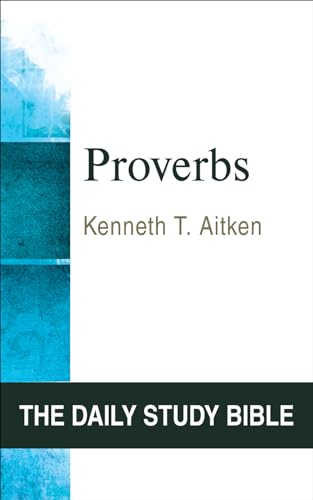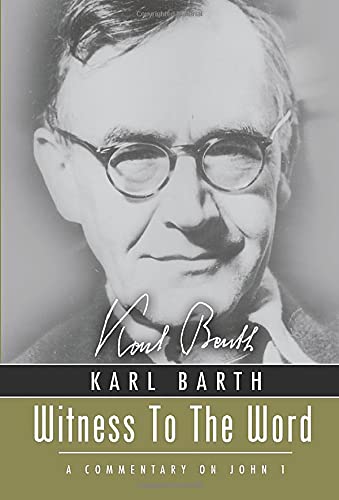Streams of Renewal: The Origins and Early Development of the Charismatic Movement in Great Britain
Written by Peter Hocken Reviewed By Nigel G. WrightPeter Hocken is an English Roman Catholic priest who is now a member of the Mother of God community in Maryland, USA. This book represents the conclusions of his doctoral research under Prof. Walter Hollenweger at Birmingham University and reflects the particular interest in Pentecostalism and the charismatic movement for which that centre is becoming known. Hocken’s theme is fascinating both in its contemporaneity and the informal nature of its sources—conversations, diaries, prayer letters, popular publications and the like. It comes as something of a surprise that events through which some of us have lived are the subject of doctoral research. The fact that all this can be researched by a Roman Catholic priest is itself a reflection of the changes that the last 25 years have seen.
Hocken sets out to chart the origins of charismatic renewal up to the end of 1965. His first intention is to uncover the facts of what actually happened and this is done by listening to the witnesses of those events. The emerging pattern roots the origin of the charismatic movement in the influence of certain independent figures who were influenced by Pentecostalism but did not see themselves as Pentecostals. Cecil Cousen, David Lillie, Arthur Wallis, Edgar Trout, Campbell McAlpine and Denis Clark are the most prominent among these. Through these individuals the renewal began to spread to the denominations and at this point Hocken gives great weight to the prophecy delivered in 1936 by Smith Wigglesworth to David du Plessis, the South African general secretary of the Apostolic Faith Mission. Wigglesworth prophesied a movement of the Spirit which would surpass the Pentecostal revival and which would take place in the denominations. Du Plessis was to be used to this end and this proved to be precisely the case. A growing swell of charismatic experience within mainline churches led, through Michael Harper, formerly of All Souls, Langham Place, to the formation of the Fountain Trust and to what Hocken sees as the third stage of the renewal, the emergence of one movement across the denominations. This emerging pattern is filled out by Hocken with detailed descriptions of the main figures in the events, some of whom have become well known, while others have remained in the background.
Having laid bare the facts, Hocken attempts to interpret their significance. The heart of it all is the experience of baptism in the Spirit and the charismata, although this unifying experience he shows to have been variously interpreted. Hocken sees a clear discrepancy between the early claims that baptism in the Spirit was a baptism of power for the church and the emerging testimony that what was in fact bestowed was a deeper, more intimate relationship of the believer with Christ. Though this may have led to more effective Christian living it is not quite the same thing as charismatic rhetoric may lead us to suppose.
Hocken sees a further characteristic of the renewal in its thrust towards unity and at the point at which he leaves us this is clearly to be seen. At the same time he identifies in the very roots of the movement a distinction which would emerge in the seventies as that between the ‘renewalists’ and the ‘restorationists’. At the heart of the distinction is a difference of ecclesiology. The prevalence of a ‘Brethren’ ecclesiology in some of the early independent pioneers would later assert itself to create a tension within the renewal movement itself, one which does much to explain the current British church scene.
Peter Hocken offers us a fine piece of research in this publication. In so doing he reminds us that despite rumours of its imminent demise, the dynamic of the charismatic movement has a long way to go before it has run its course.
Nigel G. Wright
Spurgeons College, London







